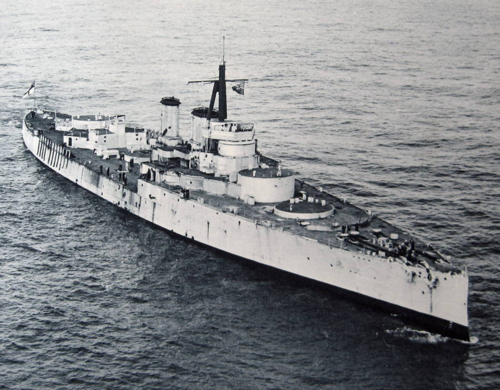Dilandu
I'm dissatisfied, which means, I exist.
Just thought a bit. Before World War 2, remote-controlled technology for target ships was already quite advanced. A perfect example is British "Centurion", which could perform up to 99 different commands, encoded by 2-digit sequence of pulses; from 1-0 to 9-9. Operator could remotely control ships speed, heading, smoke screen dispersion or even return fire pyrotechnical imitation.

The question is - why don't apply the same remote-control technology to special purpose decoy ships, which goal would be to distract the enemy & provoke his attack?
For example, let's took Coral Sea battle, and put the remote-controlled USN decoy ship (rebuild from cargo steamer, for example), camouflaged as aircraft carrier, and send with minimal destroyer escort to a forward position - where it would be most likely detected by Japanese. The skeleton crew would run the decoy during transit, and left if before action. The goal is to provoke Japanese aerial attack in wrong direction, thus forcing them to spend the attack potential of their carriers on literally worthless (but inviting) target.
Could such trick be actually pulled?

The question is - why don't apply the same remote-control technology to special purpose decoy ships, which goal would be to distract the enemy & provoke his attack?
For example, let's took Coral Sea battle, and put the remote-controlled USN decoy ship (rebuild from cargo steamer, for example), camouflaged as aircraft carrier, and send with minimal destroyer escort to a forward position - where it would be most likely detected by Japanese. The skeleton crew would run the decoy during transit, and left if before action. The goal is to provoke Japanese aerial attack in wrong direction, thus forcing them to spend the attack potential of their carriers on literally worthless (but inviting) target.
Could such trick be actually pulled?


